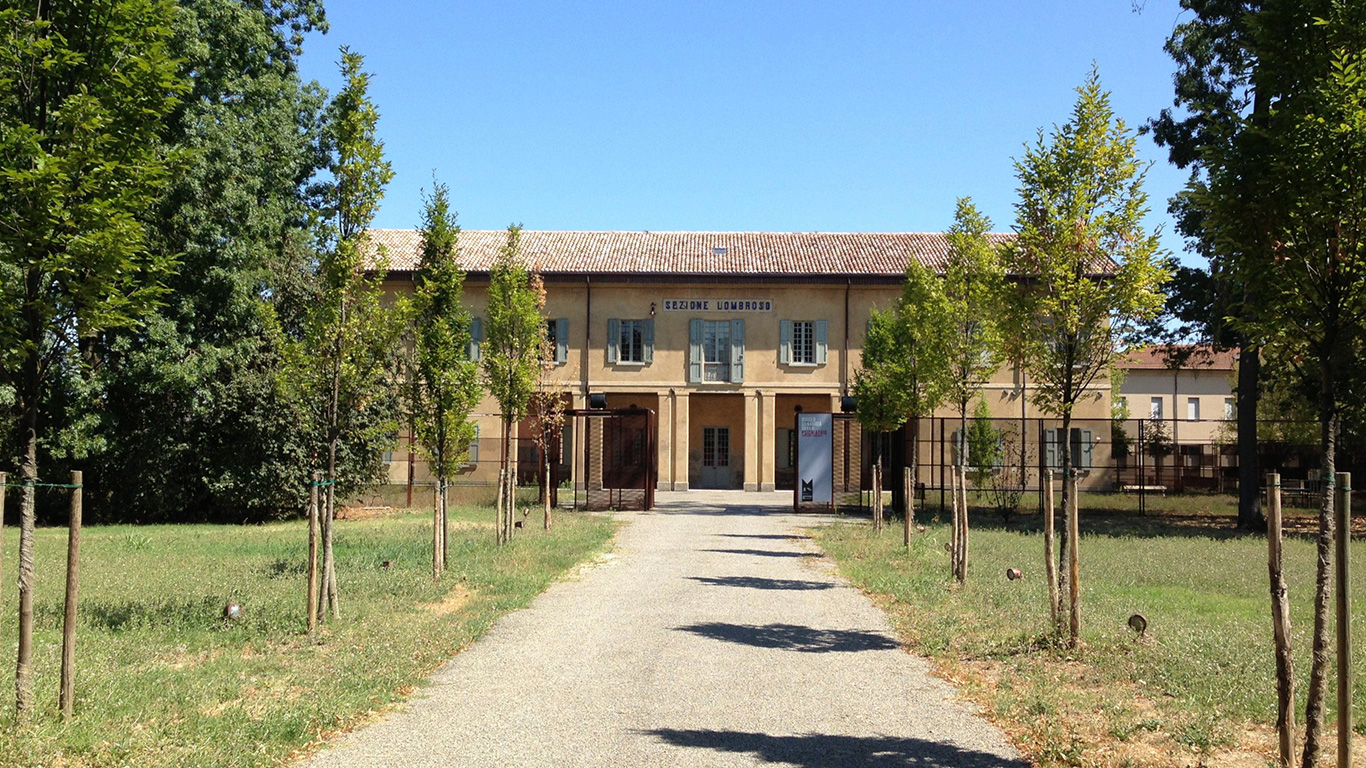area ex San Lazzaro
42122 Reggio Emilia
The Lombroso Pavilion, one of the landmark buildings of the San Lazzaro asylum complex – which also housed the painter Antonio Ligabue from 2 March 1945 to 6 December 1948 – was transformed into the Museum of Psychiatry and opened to the public on 30 September 2012. For almost a century a place of pain and duress, the museum now allows visitors to evoke the special atmosphere that characterised it. Its original spaces, materials, colours and traces of decay that marked its existence have been respected.
On display are scientific, restraining and therapeutic instruments such as straitjackets, electroshock machines, helmets of silence to isolate patients, the urn for the drop of water, tragic testimonies of how patients were considered ‘patients dangerous to the community’.
The restoration work, supervised by the Superintendence for Architectural and Environmental Heritage, paid particular attention to the preservation of the graffiti executed by the patients even inside the cells, created in the most diverse ways, even with the soles of their shoes, in a probable attempt to escape from their world of isolation.
When it was designed (in July 1891 by engineer Angelo Spallanzani and built a year later) the Lombroso pavilion was named ‘Casino Galloni’, in honour of the first director of San Lazzaro. It was used for the chronically ill tranquil patients.
However, from the beginning, the ‘Casino Galloni’ was surrounded by walls, probably because the ‘Villino Livi’, reserved for rich pensioners, stood nearby.
With the introduction of the 1904 law, which made it compulsory for asylums to have a special isolation section for the ‘criminally insane’ and ‘alienated inmates’, in 1910 the ‘Casino Galloni’ was transformed into the ‘Lombroso Section’, named after Cesare Lombroso, the famous scholar of criminal anthropology.
The building came to house around seventy inmates and, from 1923 onwards, also housed patients sentenced to short terms.
It was not until 1972, and after also housing patients other than criminals, that the building was definitively abandoned and its boundary wall demolished.

